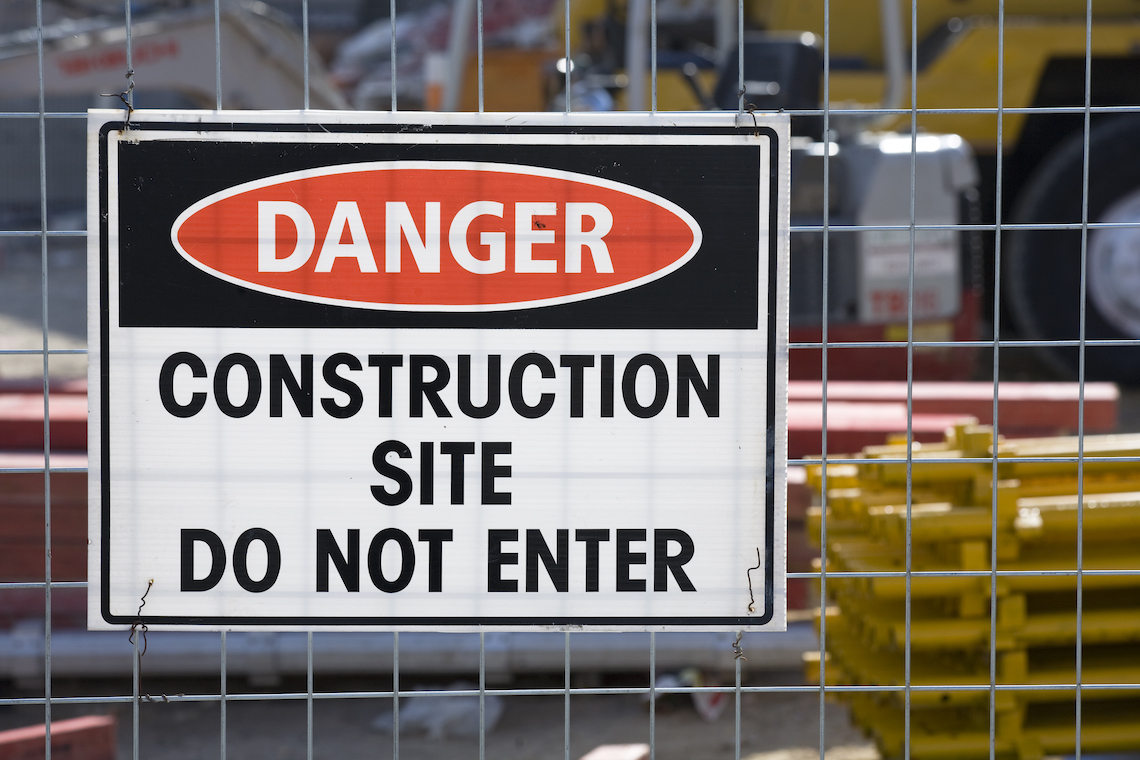Safe Work Method Statements, commonly called SWMS, have been around for many years now. In this two-part series of articles on SWMS, we will look at the lesser known and lesser understood legislative requirements for SWMS.
Part 1 will firstly examine the required content for SWMS, their purpose and benefits. Part 2 will follow next issue and examine other requirements for SWMS such as the need for their review, compliance and the record keeping aspects for SWMS.
SWMS are legislatively required under the Qld WHS Regulation (2011) for a high-risk construction work activity. High-risk construction work activities are defined in Section 291 of the Regulation and include activities such as working in a confined space, involving the disturbance of asbestos, or where there is a risk that a person could fall more than 2 metres. These are only three examples of 18 defined high risk construction work activities under Section 291.
The primary objective of a SWMS is to document and describe the high-risk work activity by breaking it down into a sequence of steps where:
- Hazards are identified for each step, and
- Risk control measures are documented for managing the health and safety risks for each identified hazard.
By capturing this core information, the SWMS helps supervisors, workers and any other persons at the workplace to understand the requirements that have been established to carry out the work in a safe and healthy manner. But there is more to a SWMS than identifying the hazards and risk controls for the work. Other legislative requirements for what a SWMS must contain also apply, and often are either not well known or not fully understood. Let’s take a look at these and what is required under Section 299 of the WHS Regulation.
A SWMS must:
- 299 (2a) – Identify the work that is high-risk construction work. This involves ensuring the SWMS identifies which of the 18 defined high-risk construction work activities from Section 291 that the SWMS has been developed for (e.g. working in a confined space).
- 299 (2d) – Describe how the control measures are to be implemented, monitored and reviewed. Whilst many SWMS describe the control measures and how these are to be implemented, many do not contain information on how the controls are to be monitored and reviewed. This information is vital as it requires the checking of risk controls to ensure these remain in place and are working effectively. A good rule to go by is that the higher the risk of an activity or step within the activity, the more frequent should be the monitoring and review of the risk controls, e.g. before each work shift and returning after a break such as lunch or smoko.
- 299 (3a)(i) – Be prepared taking into account all relevant matters including circumstances at the workplace that may affect the way in which the high-risk construction work is carried out. Many organisations prepare their SWMS before arriving at the location at which the high-risk construction work is to take place. There needs to be a step in the SWMS that involves the identification and consideration of hazards at the place where the work will be undertaken that could impact the work. This includes items such as other activities going on adjacent to the worksite (e.g. working next door to a school and the increased traffic movements this presents). It could also involve increased noise and dust hazards, obstacles preventing proper access, and powerlines both above and below ground. These must be identified and documented within the SWMS and how these will be controlled.
- 299 (3a)(ii) – Be prepared taking into account all relevant matters including if the high-risk construction work is carried out in connection with a Construction Project—the WHS Management Plan that has been prepared for the workplace. Under the WHS Regulation, Construction Work valued at over $250,000 is deemed to constitute a Construction Project. All Construction Projects must have a WHS Management Plan and the requirement for SWMS in use for Construction Projects is that these must be developed, taking into account the requirements of the WHS Management Plan. For example, if the WHS Management Plan requires pink-coloured high visibility safety vests to be worn on site, then the SWMS must also reflect this requirement. There cannot be contradictory information within the SWMS compared to the WHS Management Plan.
- 299(3b) – Be set out and expressed in a way that is readily accessible and understandable to persons who use it. This requirement is fairly straight forward – a SMWS must be able to be easily communicated to all workers, including workers who have English as a second language or have reading difficulties. A workforce that consists primarily of foreign workers may need an identical SWMS to be developed in another language so that workers are clear on the SWMS’s requirements. Serious consideration must also be made to minimise the length and complexity of SWMS so that these are understandable by all workers.
There is one more requirement from Section 299 of the WHS Regulation for what a SWMS must contain, and this applies specifically to work where there is a risk of falling more than 2 metres. We will cover this in Part 2 of our series looking at the legislative requirements for SWMS. Please refer to the WHS Regulation for the full legislative requirements for Safe Work Method Statements.
Please contact QRMC for information or assistance.











